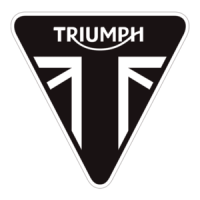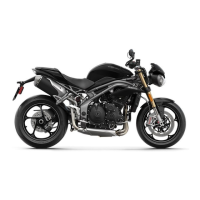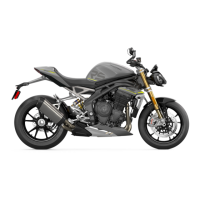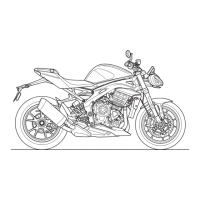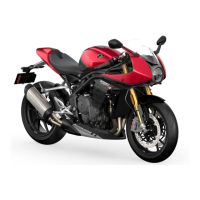125
Maintenance and Adjustment
Use separate cleaning sponges or cleaning
cloths for washing painted/polished surfaces
and chassis areas. Chassis areas (such as
wheels and under mudguards) will be
exposed to more abrasive road grime and
dust, which may then scratch painted or
polished surfaces, if the same sponge or
cleaning cloths are used.
Where to be Careful
Avoid spraying water with any great force
near the following places:
• Instruments;
• Brake cylinders and brake calipers;
• Under the fuel tank;
• Steering head bearings;
• Air intake ducts.
Note:
• Use of soaps that are highly
alkaline will leave a residue on
painted surfaces, and may also
cause water spotting. Always use a
low alkaline soap to aid the
cleaning process.
After Washing
Remove the plastic bags and tape, and clear
the air intakes.
Lubricate the pivots, bolts and nuts.
Test the brakes before motorcycle operation.
Start the engine and run it for 5 minutes.
Ensure adequate ventilation for the exhaust
fumes.
Use a dry cloth to absorb water residue. Do
not allow water to stand on the machine as
this will lead to corrosion.
Do not spray any water at all under the
fuel tank. Any water sprayed around the
air intake ducts (located under the front of
the fuel tank) could enter the airbox and
engine, causing damage to both items.
Use of high-pressure spray washers is not
recommended. When using pressure
washers, water may be forced into
bearings and other components causing
premature wear from corrosion and loss of
lubrication.
Never wax or lubricate the brake discs.
Loss of braking power and an accident
could result. Clean the disc with a
proprietary brand of oil-free brake disc
cleaner.
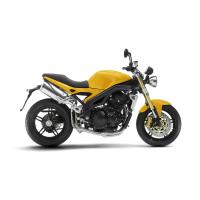
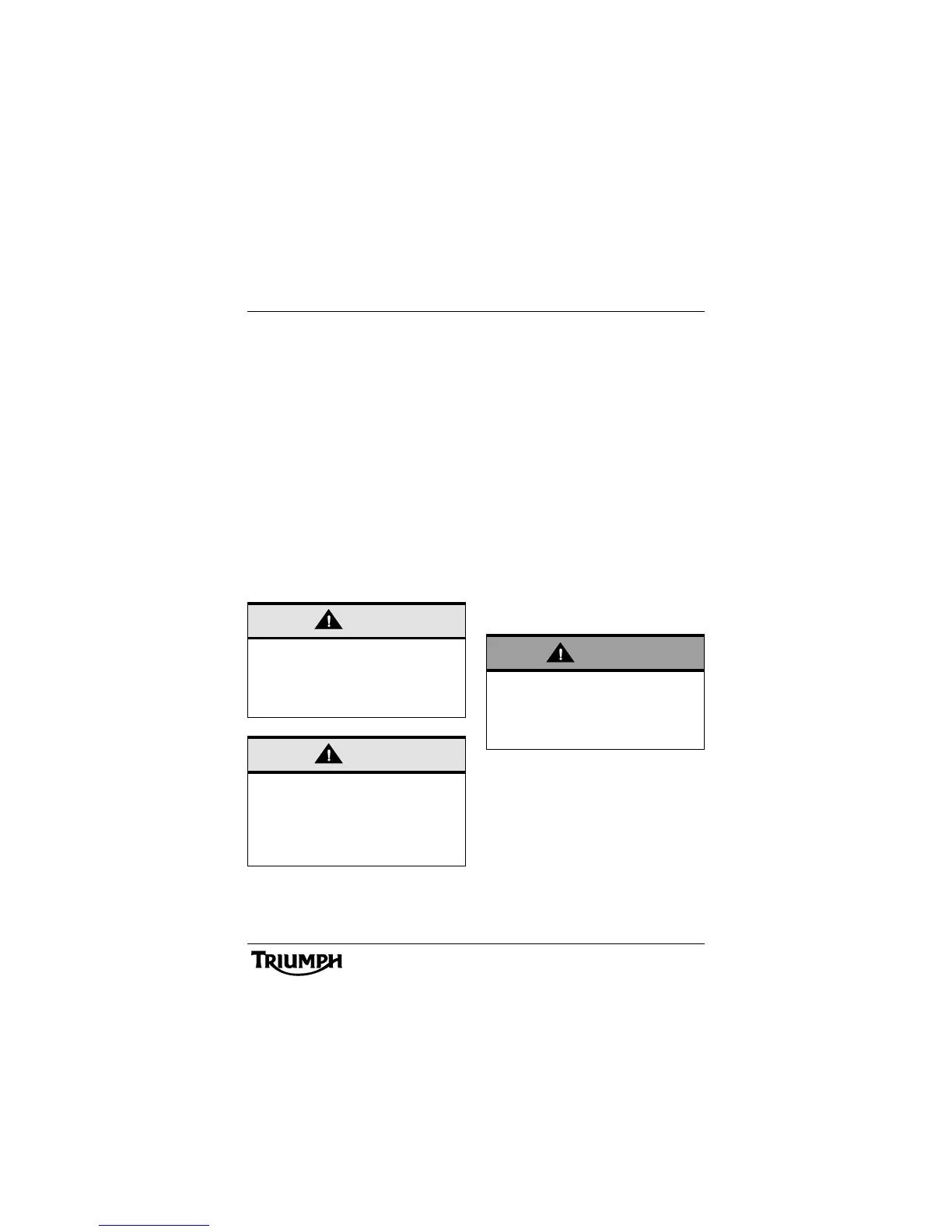